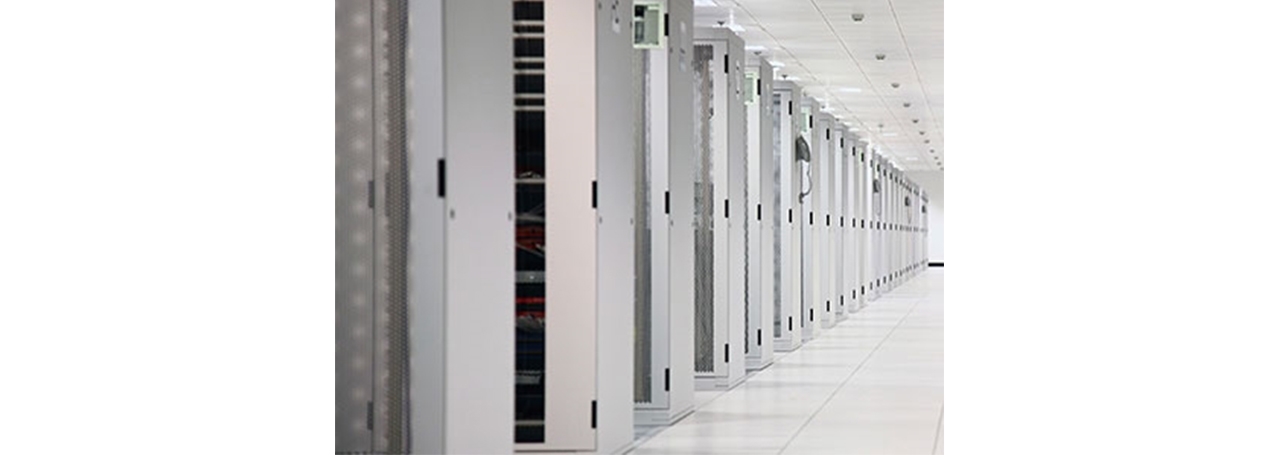
Turk Telekom is the leader fixed line telephone operator in both its region and rest of the world, with its strong infrastructure, growing each year with diversified value-added services, following the newest technological developments and adapting to own service capacity, with more than 29 thousand employees and a huge dealer network spread all over Turkey, as well as thousands of business partners and service providers.
The latest technology Internet data center in Turk Telekom's Istanbul Gayrettepe building has software and also hardware security systems. These systems allow for the services provided an additional security facility in electronic form. With this infrastructure, Turk Telekom offers server and application hosting, server rental, virtualization, e-mail, antivirus services, data center services and so on.
EEC, as Turk Telekom's fire alarm system partner, implements turnkey systems in more than 100 buildings in many cities by using Edwards brand products. These EEC turnkey systems have been connected to the provincial administrative centers to observe the alarms by means of a graphic screen interface. For better management, each new installed system is also connected to these provincial administrative centers by network.
In addition to the fire alarm systems, EEC supplies IP CCTV systems and access control solutions to Turk Telekom.
The fire alarm system in Gayrettepe Turk Telekom Internet Data Center is established with the integration of Edwards and Xtralis (VESDA) products. In the fire alarm system, smoke detectors and very early smoke detection apparatus (VESDA) are used with other products in the building. The whole system was created so it can be monitored from more than one location.
Air movement in the room looks like the picture below. Very early smoke detection system is designed to detect three different points for primary detection:
Under normal operating conditions, most expecting points for the primary detection are the places mentioned above. If the ventilation system stops working for any reason, the possibility of smoke rising to the ceiling of the room occurs and secondary level detection is done at the ceiling level of the room.
VESDA Laser plus active air suction smoke detectors used in the system have 4 detection pipes. Usually, one of these devices can be used to detect more than one AHU. However, preventing the dilution of smoke that may occur due to heavy and strong ventilation, every VESDA Laser Plus pipe has ben used for only one AHU. The strong suction draws the smoke towards the AHU therefore the smoke does not go to the neighboring AHU. If the inlets of two or more AHU units had been protected with the same pipe, then the smoke in the holes of one section of the pipe mix with the fresh air entering through the holes in the other section. As a result, thinning air causes a detection delay.
According to this design criteria, for primary detection, each area consists of 10 units in the cabinet, 5 units in the AHU units, 1 unit in the raised floor, and for secondary detection, 2 units. Total of 18 VESDA Laser Plus devices have been used.
The repeater panel of each VESDA Laser Plus detector has been established in the control room. The entire system along with other detection and warning equipments are monitored and controlled by both Edwards EST3 Control Panels and Fireworks graphical display software in Turk Telekom's other buildings.